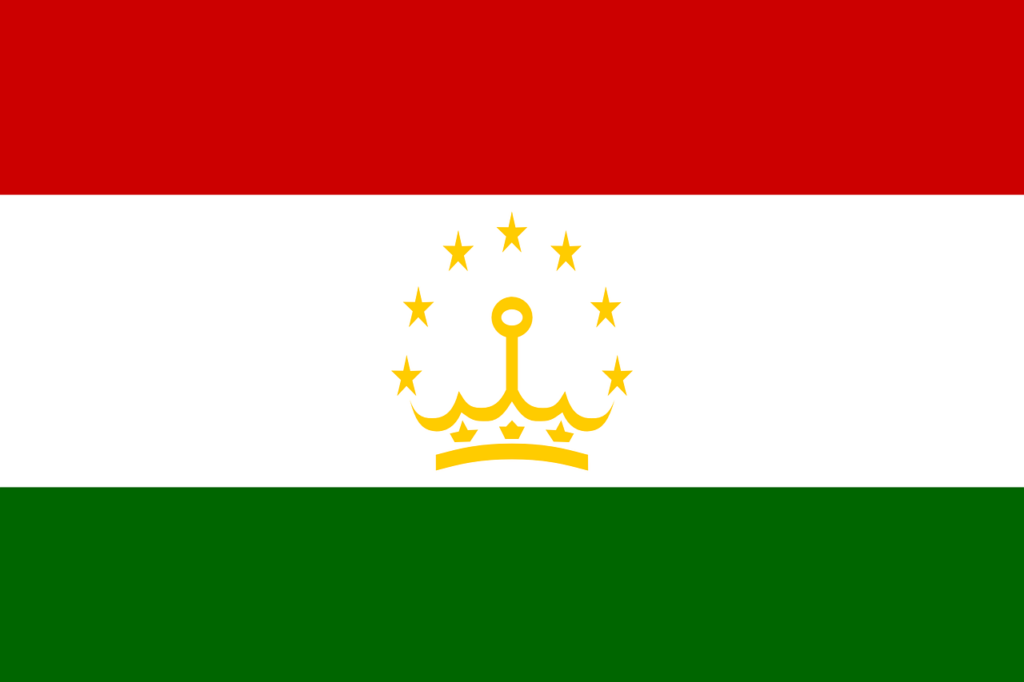With endless mountain ranges, emerald lakes, and a glimpse into the origins of Persian civilization through its language and history, Tajikistan is a hidden gem in Central Asia. Unlike its predominantly Turkic neighbors, the country boasts a rich Persian heritage at its core. Its rugged Pamir Highlands coexist with ancient urban legacies, creating a distinctive cultural tapestry.
In this post, we delve into Tajikistan’s historical background, main travel destinations, and key tips to help you plan a memorable trip.
History of Tajikistan

Persian Cultural Roots
Tajikistan is the only Central Asian nation where a Persian-speaking population forms the majority. The Tajiks are descendants of the ancient Iranian civilizations of Sogdia and Bactria, reflecting a deep cultural connection with neighboring Iran.
Today’s Tajik language is a branch of Persian, using the Cyrillic alphabet yet sharing much vocabulary and grammar with Persian.
The Islamic World and the Silk Road
In past centuries, Tajik lands lay along key routes of the Silk Road, linking Central Asia with the Middle East, India, and China. Traders and scholars traversed the region, introducing Islam, Buddhism, and Zoroastrianism. Over time, Islam became dominant, leading to the development of madrasas (Islamic seminaries) and mosques.
The Russian Empire, Soviet Era, and Independence
From the late 19th century, the Russian Empire gradually took control of Central Asia, and by the 1920s, the region was incorporated into the Soviet Union. In 1929, the Tajik Soviet Socialist Republic was officially established—traditional customs and culture often faced suppression under Soviet rule.
However, with the Soviet collapse in 1991, Tajikistan emerged as an independent state. After enduring a civil war (1992–1997), the country regained stability. While challenges such as economic development and ethnic unity persist, the nation’s abundant natural resources and tourism potential are gradually drawing international attention.
Highlights of Tajikistan
Dushanbe – Where Modernity Meets Tradition

- Rudaki Park: A central urban park dedicated to the famous Tajik poet Rudaki, where locals enjoy walks and relaxation.
- National Museum of Tajikistan: Showcases artifacts from ancient Bactria and Sogdia to modern Tajik art, offering a panoramic view of the country’s history.
- Dushanbe Flagpole: Once known as the tallest flagpole in the world (165m), this towering structure symbolizes the city.
The Pamir Mountains – “Roof of the World”
Over 90% of Tajik territory is mountainous, and the Pamir range is particularly renowned for its formidable landscapes.
- Pamir Highway (M41): Among the highest highways on Earth, it treats travelers to dramatic gorges, cliffs, and mountain lakes.
- Karakul Lake: Situated at an altitude of 3,900m, this turquoise lake bordered by snow-capped peaks offers breathtaking scenery.
- Wakhan Corridor: Where the Pamirs meet the Hindu Kush along the Afghanistan border, preserving the spirit of the ancient Silk Road trade routes.
Panjakent: A Window to the Past
- Ancient Ruins: Sometimes called the “Pompeii of Central Asia,” Panjakent’s Sogdian-era ruins are remarkably well-preserved.
- Rudaki Museum: Dedicated to the “Father of Persian Literature,” this museum exhibits items highlighting Tajik literary and historical heritage.
Iskanderkul Lake
An emerald lake that sparkles under the morning sun, surrounded by hiking trails and waterfalls. Legend says its name derives from Alexander the Great (“Iskandar”), adding a dash of historical intrigue.
Cuisine and Culture
- Osh (Plov) & Shurbo (Shurbo): Staple dishes across Central Asia, combining lamb, carrots, and rice. Each region has its own recipe variations.
- Chaikhana: A traditional teahouse, central to Tajik daily life. Locals gather for green tea (choi), often accompanied by fresh bread and simple meals.
- Tajik & Russian: While Tajik is the primary language, Russian is also widely spoken. Learning basic Russian phrases can be very helpful for communication.
Travel Tips
- Visas and Entry
- Visa Policy: As of 2024, South Korean citizens can typically obtain an e-visa for relatively easy entry to Tajikistan (check official updates before traveling).
- Flights: Direct flights from Seoul to Dushanbe are limited. You may need to connect via neighboring countries (e.g., Turkey, Russia, or Kazakhstan). Plan accordingly.
- Getting Around
- Domestic Travel: Mountainous terrain makes intercity travel challenging. Consider domestic flights or hiring a 4WD vehicle through local tour agencies.
- Pamir Highway: Given the high altitudes and often poor road conditions, less experienced drivers should opt for guided tours with local experts.
- Climate and Clothing
- Continental/Mountainous Climate: Weather varies greatly with altitude. Summers can be scorching at lower elevations but cool in the Pamirs. Pack layered clothing for significant temperature swings.
- Winter: Heavy snowfall and potential road closures in mountain areas require careful route planning.
- Safety and Etiquette
- Security: Tajikistan receives fewer visitors than neighboring nations, generally maintaining a calm atmosphere. However, rural and mountainous zones may have limited communication and medical facilities.
- Local Customs: As part of the Islamic cultural sphere, dress modestly when visiting mosques, and always ask permission before photographing local people.
Conclusion
Tajikistan stands out among Central Asia’s “Stan” countries as one of the most intriguing and lesser-known destinations. Its blend of Persian heritage, awe-inspiring highland landscapes, and warm hospitality provides a true sense of adventure and beauty.
Traveling along the winding roads of the Pamirs might feel like transcending time, unveiling breathtaking vistas. Meanwhile, in the peaceful capital of Dushanbe, one can glimpse the evolving present and future of Central Asia.
Beyond a simple vacation, Tajikistan offers a stage where ancient history, deep-rooted traditions, and a promising tomorrow converge. Despite the harsh mountain winds, locals’ kindness and sincere smiles will warm your heart. Why not set out for this extraordinary mountainous nation and discover Tajikistan for yourself?